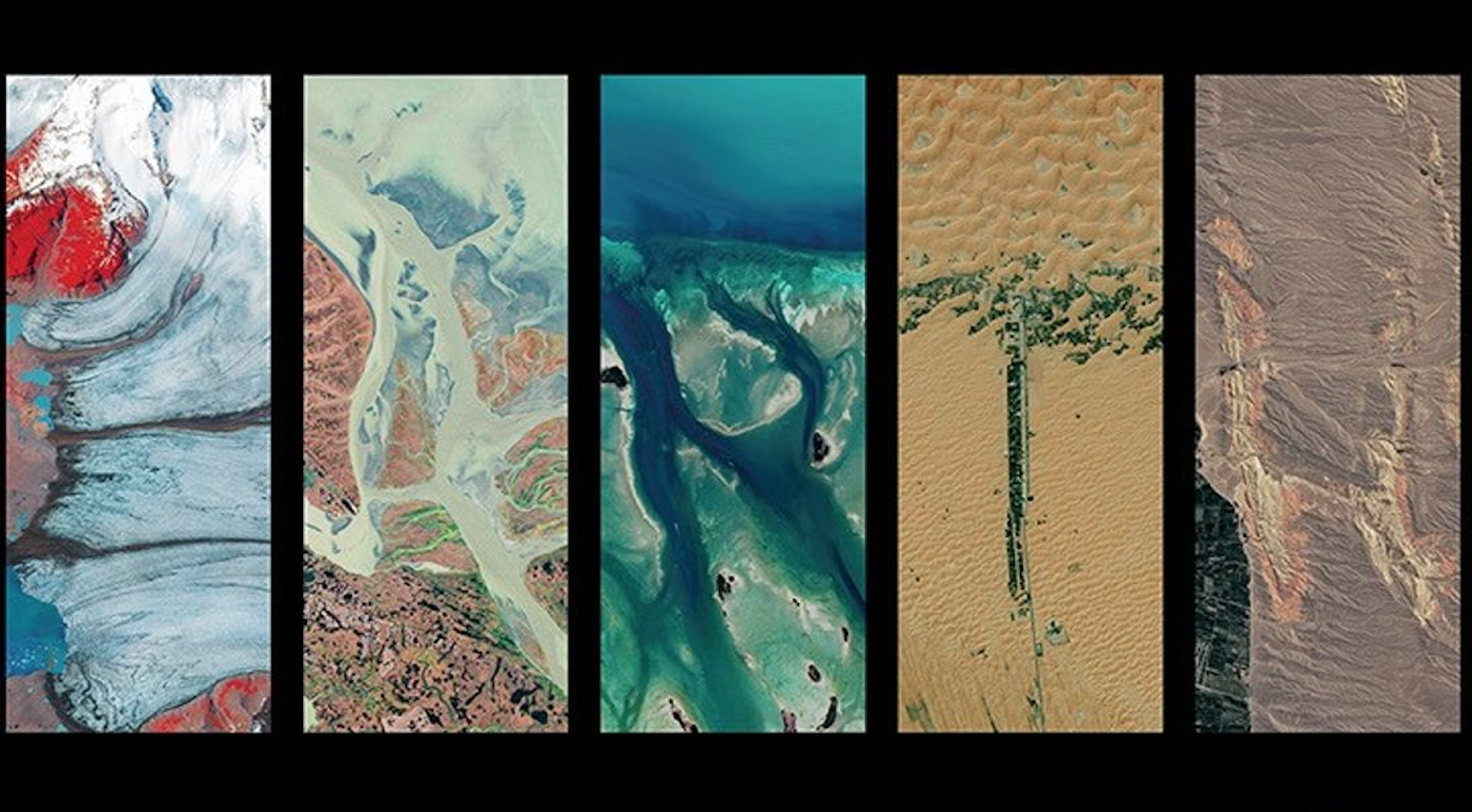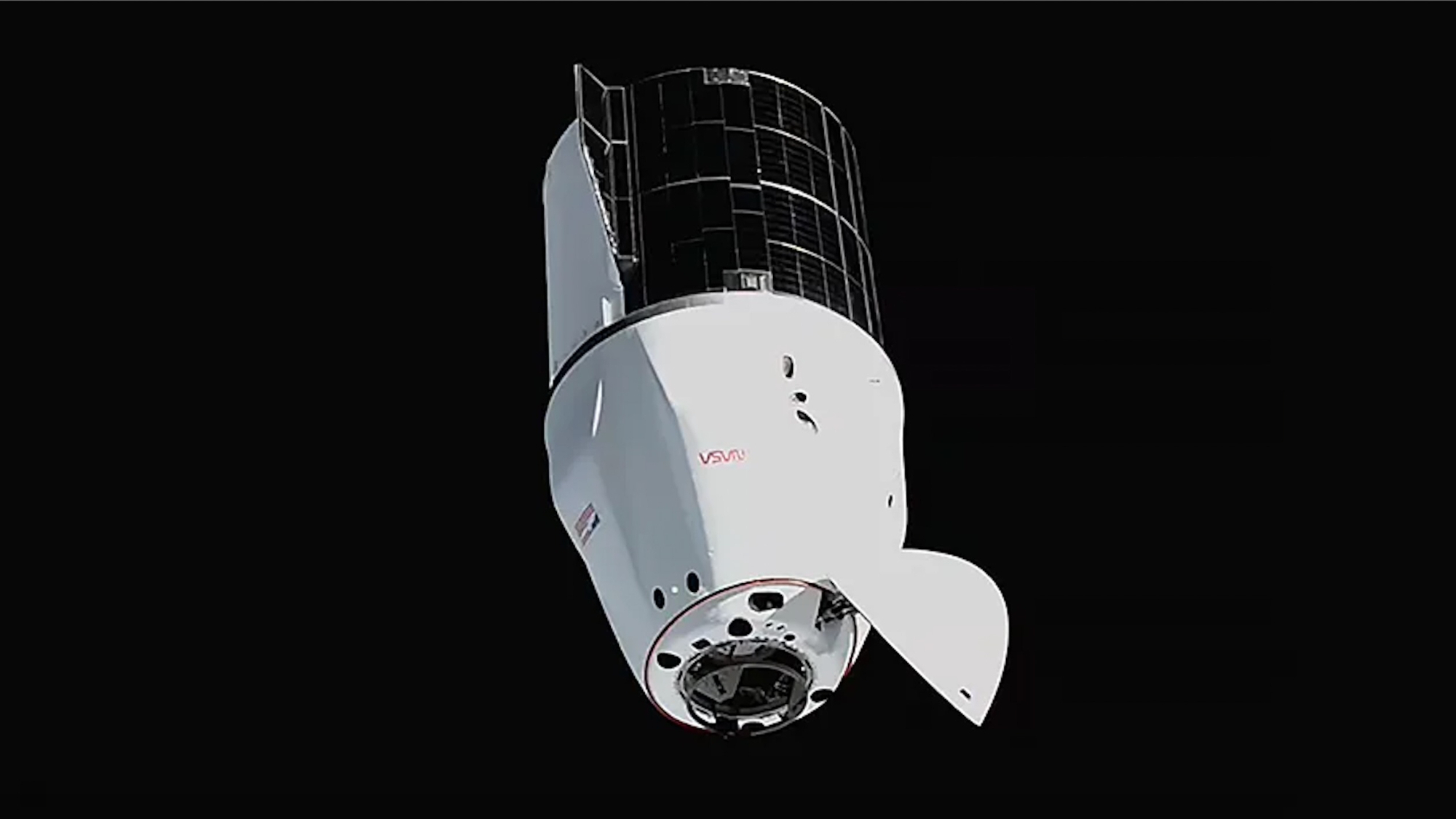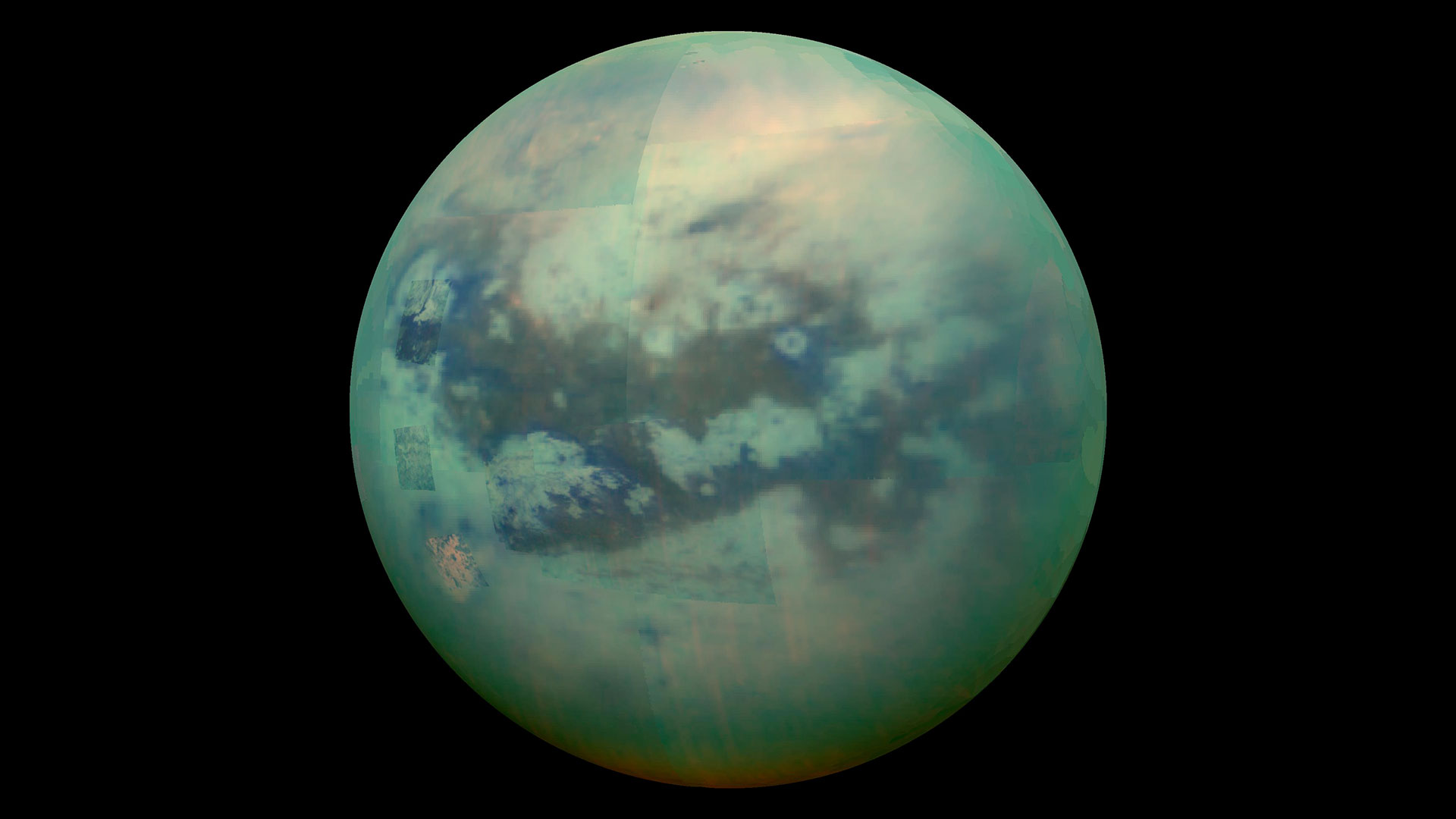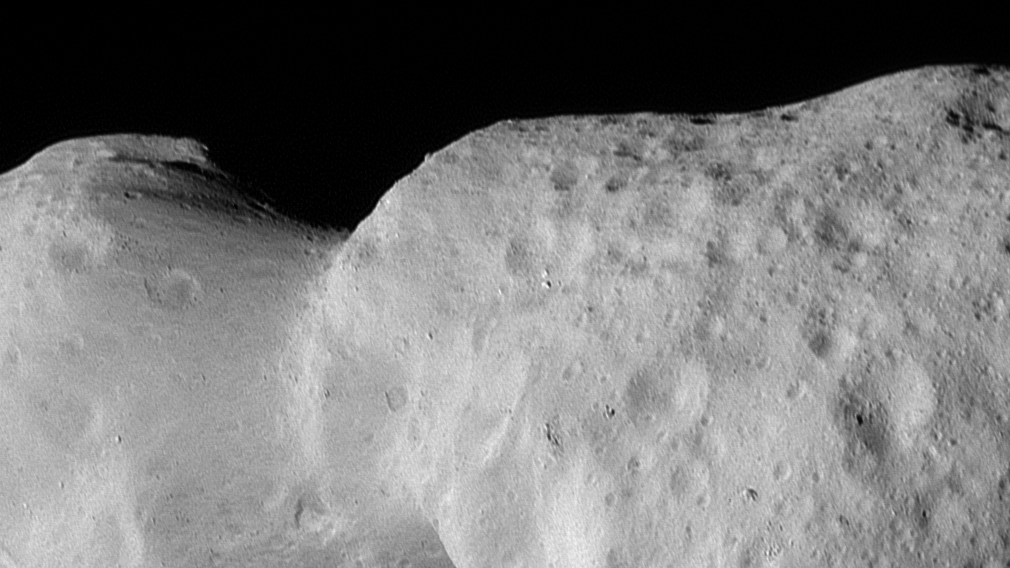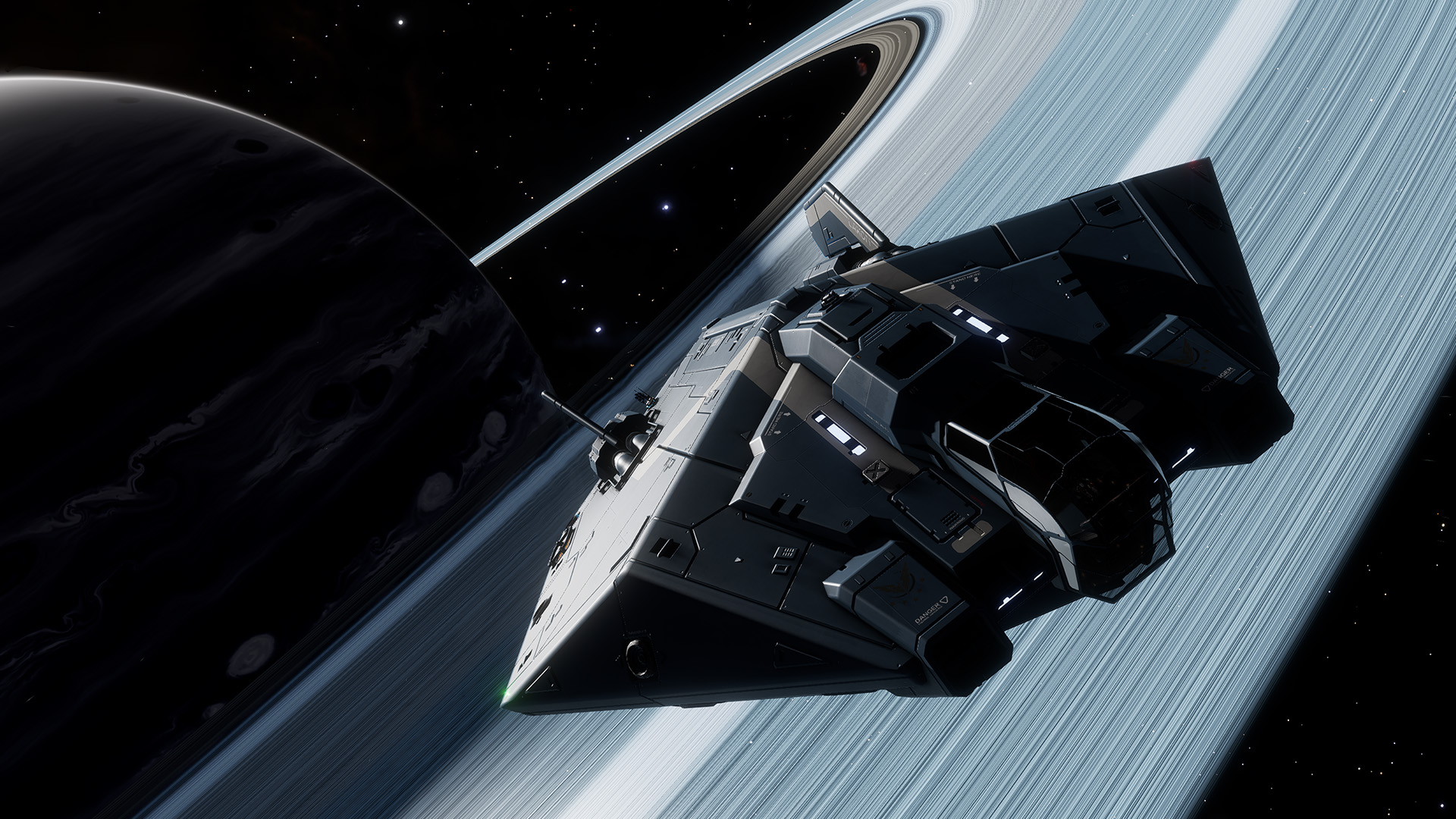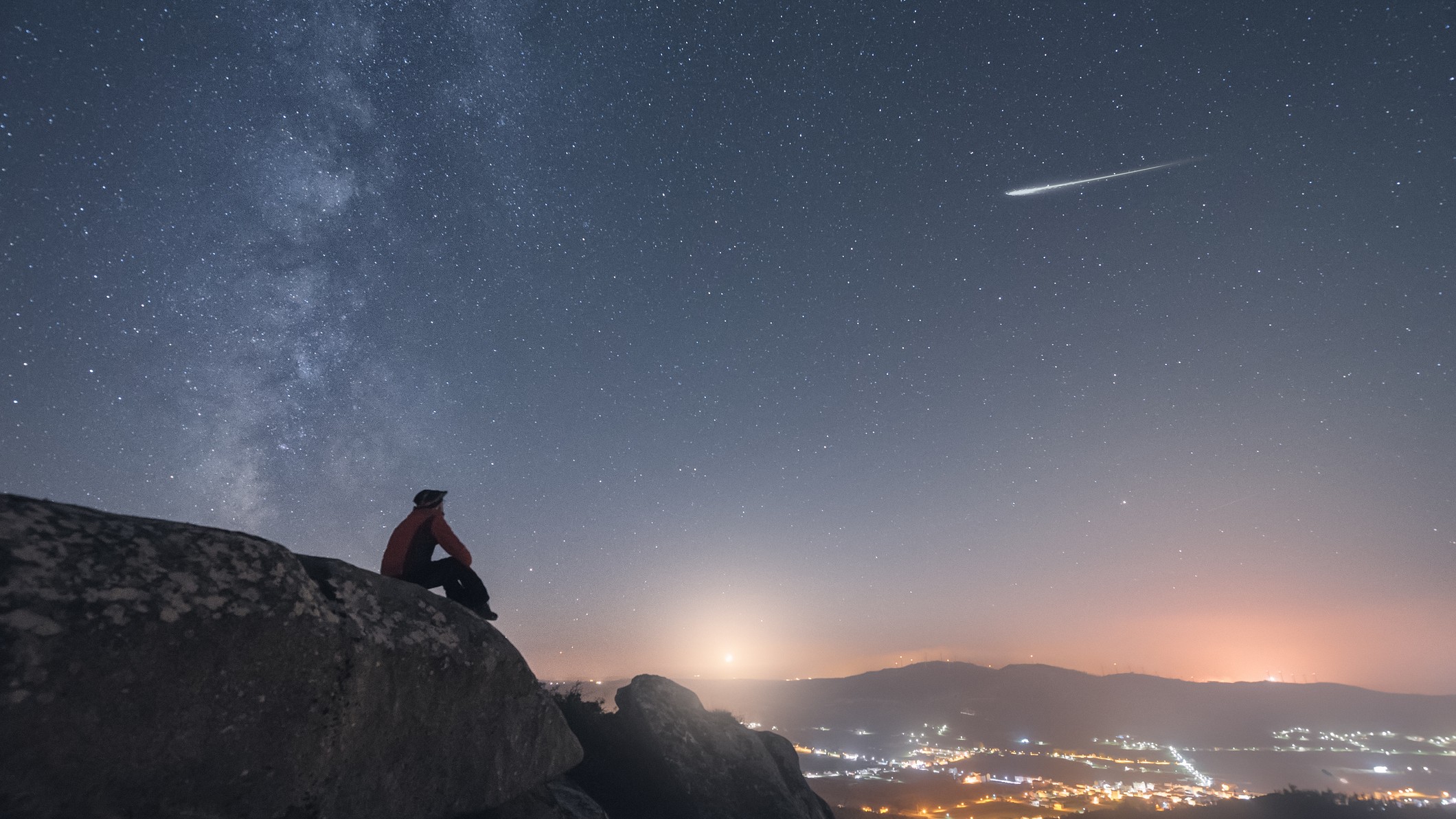Has the James Webb Space Telescope discovered a 'missing' supermassive black hole? (video)
"For years, astronomers have searched for a black hole in M83 without success."
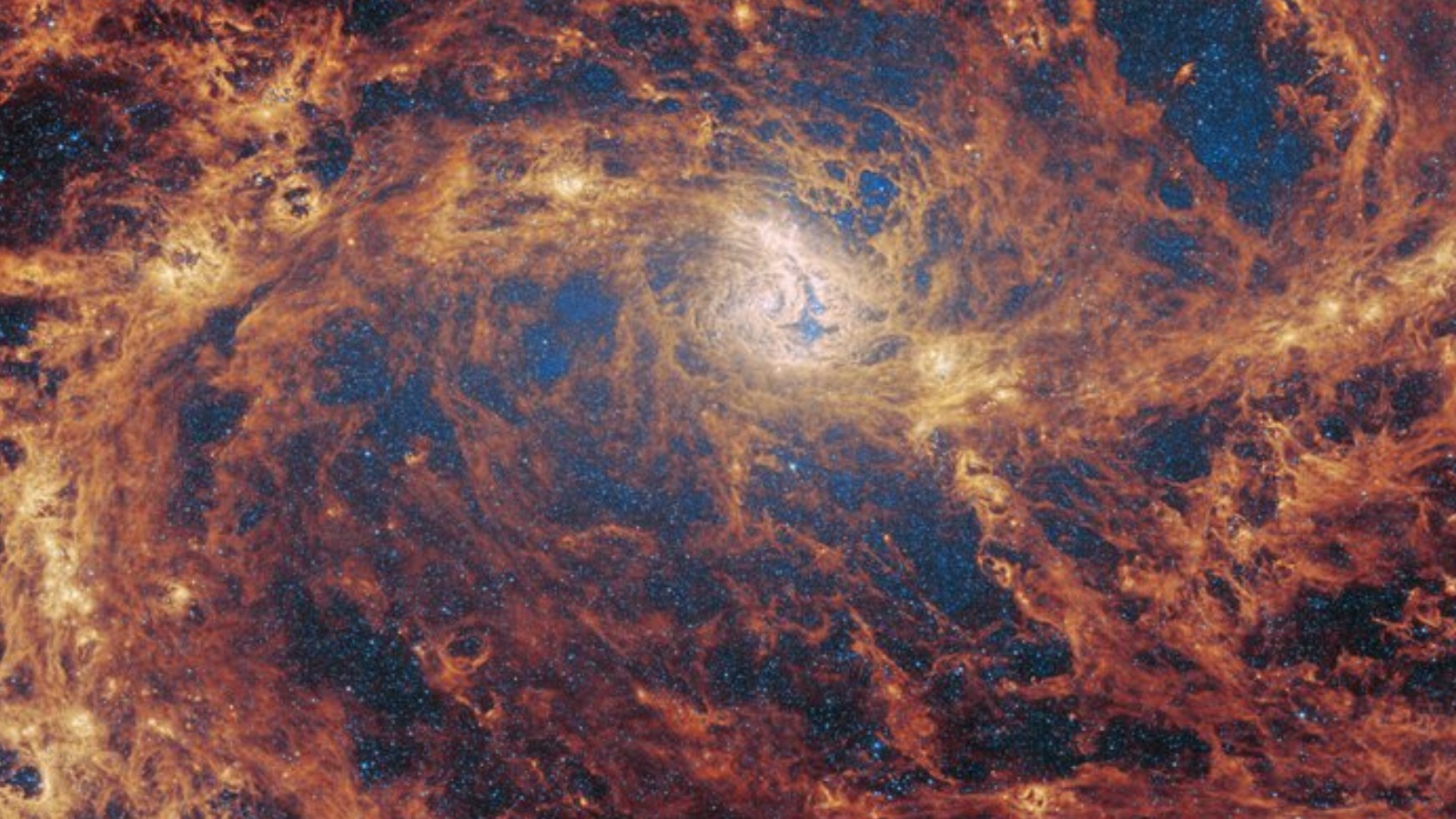
Scientists have long believed that monster-sized supermassive black holes lurk at the heart of all large galaxies. That means that the failure to detect such a cosmic titan at the heart of the Southern Pinwheel Galaxy, officially known as Messier 83 (M83), has been a frustrating conundrum.
Now, using the James Webb Space Telescope (JWST), astronomers may have cracked this puzzle, finding the first evidence of a supermassive black hole at the heart of M83, also known as NGC 5236, a spiral galaxy located around 15 million light-years away.
"The JWST is revolutionizing our understanding of galaxies," team member Linda Smith of the Space Telescope Science Institute said in a statement. "For years, astronomers have searched for a black hole in M83 without success. Now, we finally have a compelling clue that suggests one may be present."

Supermassive black holes have masses millions or even billions of times that of the sun. Situated at the hearts of distant galaxies, these black holes are pretty conspicuous when they are actively feeding and surrounded by gas and dust that they heat, causing them to glow brightly.
These regions, known as "active galactic nuclei" or "AGNs," can often be seen even in galaxies that are otherwise too distant and too faint to be detected.
This has led scientists to speculate that either the supermassive black hole at the heart of M83 is dormant (not actively feeding on matter), or that the AGN it powers is hidden by a thick shroud of dust.
That second explanation is favored by new data from the JWST which takes full advantage of the $10 billion space telescope's unprecedented sensitivity and spatial resolution.
Get the Space.com Newsletter
Breaking space news, the latest updates on rocket launches, skywatching events and more!
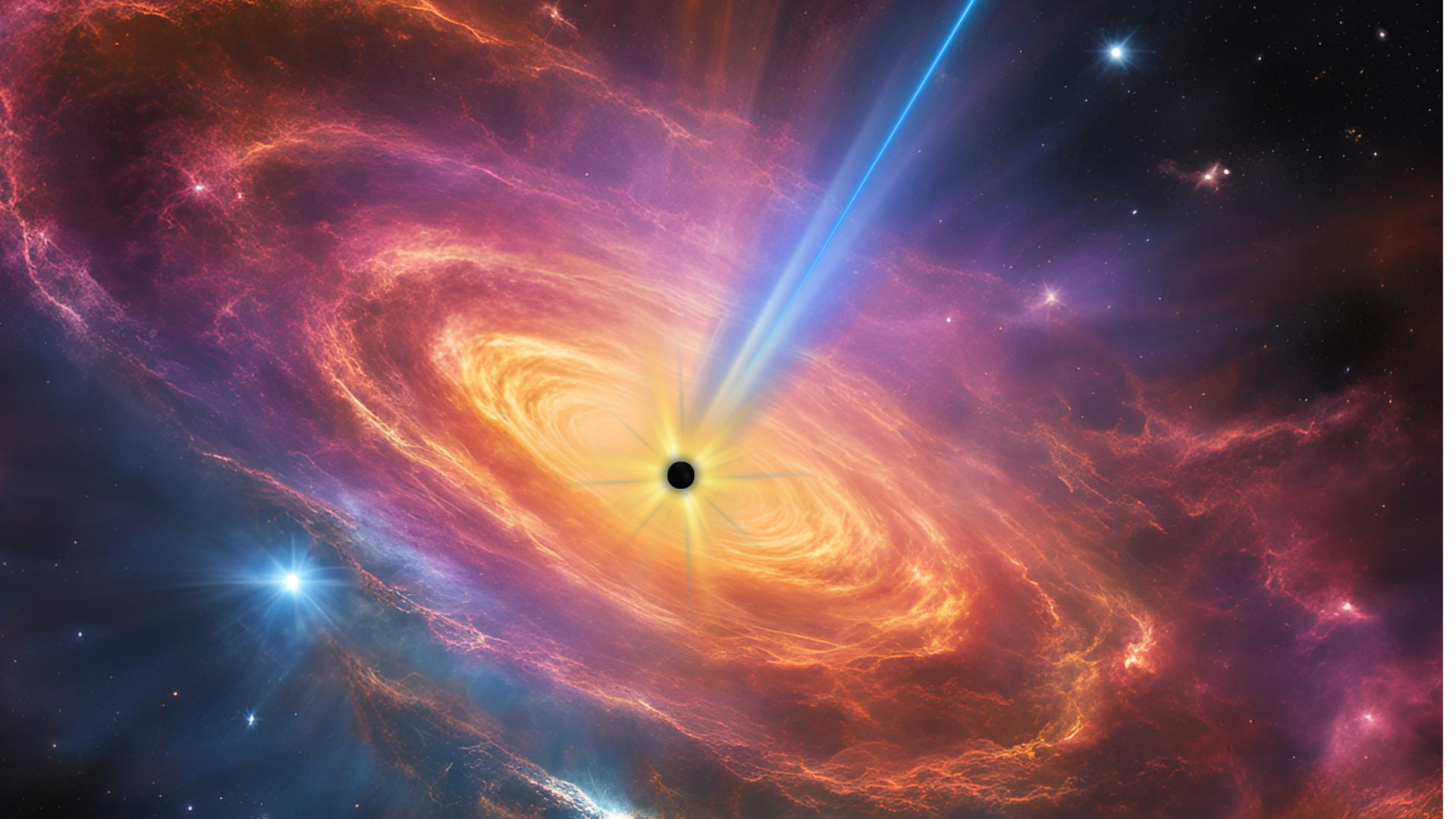
Clumps of highly ionized gas were the "smoking gun" hinting at the presence of an obscured AGN at the heart of M83.
"Our discovery of highly ionized neon emission in the nucleus of M83 was unexpected," team leader Svea Hernandez, a European Space Agency (ESA) scientist at the Space Telescope Science Institute, said. "These signatures require large amounts of energy to be produced, more than what normal stars can generate.
"This strongly suggests the presence of an AGN that has been elusive until now."
Even the explosive death of massive stars in supernovas couldn't provide enough energy to create the signature spotted by the JWST. That makes an AGN the most likely suspect. But, not the only suspect.
The team behind this discovery now needs to eliminate other possible candidates for the creation of highly ionized neon gas, such as shockwaves travelling through the gases that exists between stars, the "interstellar medium."
Astronomers will now follow up the investigation of M83 with the Hubble Space Telescope, the Atacama Large Millimeter/submillimeter Array (ALMA), and the Very Large Telescope (VLT).
In the meantime, this research proves how effective the JWST is at discovering hitherto unseen structures in the cosmos.
"This discovery showcases how the JWST is making unexpected breakthroughs," Smith concluded, "Astronomers thought they had ruled out an AGN in M83, but now we have fresh evidence that challenges past assumptions and opens new avenues for exploration."
The team's research was published on Thursday (April 17) in The Astrophysical Journal.
Join our Space Forums to keep talking space on the latest missions, night sky and more! And if you have a news tip, correction or comment, let us know at: community@space.com.

Robert Lea is a science journalist in the U.K. whose articles have been published in Physics World, New Scientist, Astronomy Magazine, All About Space, Newsweek and ZME Science. He also writes about science communication for Elsevier and the European Journal of Physics. Rob holds a bachelor of science degree in physics and astronomy from the U.K.’s Open University. Follow him on Twitter @sciencef1rst.
You must confirm your public display name before commenting
Please logout and then login again, you will then be prompted to enter your display name.

